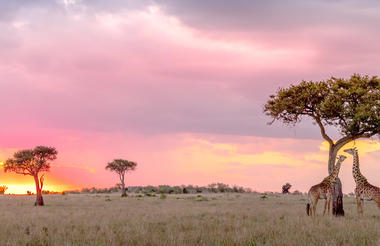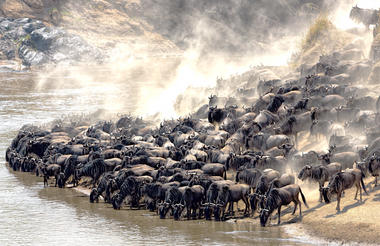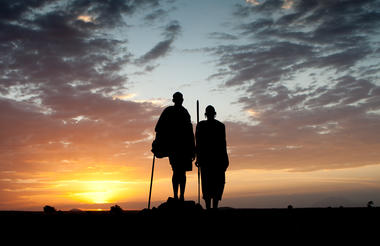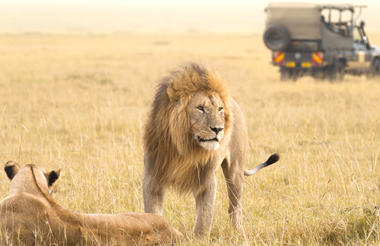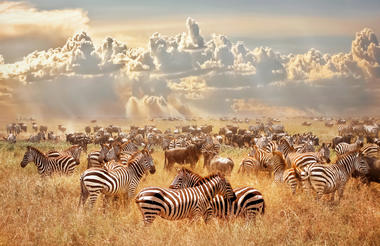Situated along the Nairobi River in beautiful Kenya, the capital of Nairobi is East Africa's most cosmopolitan city. It serves as an excellent starting point for African safari trips around Kenya. Nairobi is Africa’s 4th largest city and is a vibrant and exciting place to be. There are some fascinating attractions: its cafe culture, unbridled nightlife, the National Museum, the Karen Blixen Museum and most notably, just 20 minutes from the city centre, wild lions and buffalo roam in the world’s only urban game reserve. Make sure you pay a visit to the elephant orphanage operated by the David Sheldrick Wildlife Trust for a once in a lifetime experience.

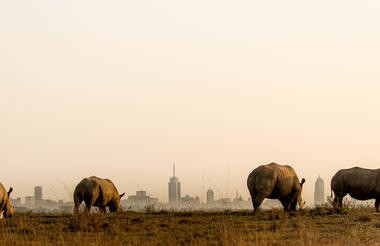
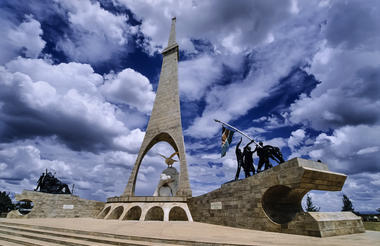
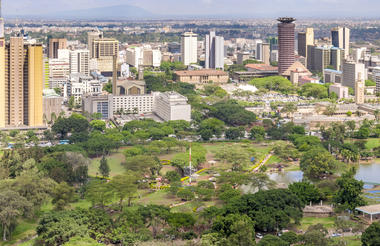
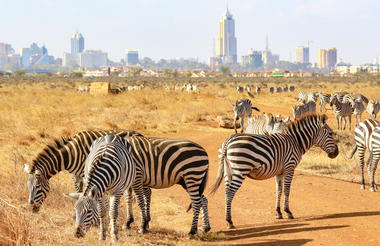
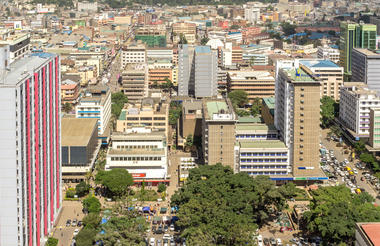
Located in the beautiful Kenya Rift Valley basin, Naivasha is a compact market town northwest of Nairobi, best known as a stopping point for spellbinding Lake Naivasha. Aspiring wildlife photographers and nature lovers will marvel at Lake Naivasha and its abundance of wondrous wildlife. Here visitors can spot wallowing hippo pods, clouds of vibrant birdlife, zebra and various other game. The nearby Lake Oloiden and Oserian Wildlife Sanctuary are great spots for those passionate about wild wonders. Shopping in the bustling town ensures unique souvenirs for mementoes as well as restaurants offering delicious local dishes with every taste in mind. Accommodations ranging from lodges to bed and breakfasts provide great conveniences for travellers looking to explore the area.
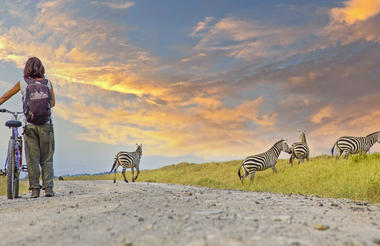
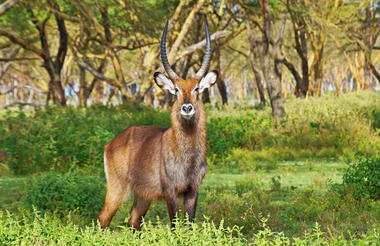
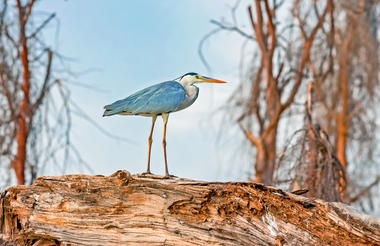
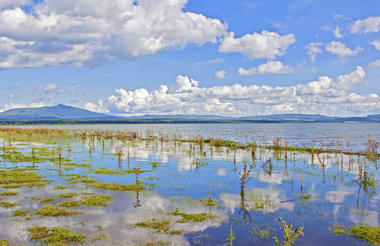
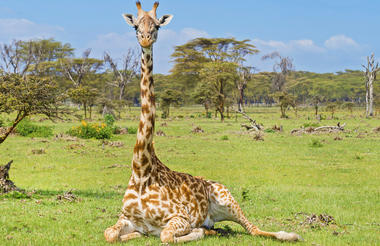
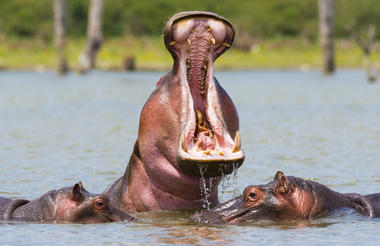
Located in the Great Rift Valley surrounded by yellow acacia woodlands and bushy shrublands, the Lake Nakuru National Park was created to protect the Lake and its large flocks of Lesser Flamingo, which are drawn to the algae that flourish in the saline waters of this soda lake. The national park is inhabited by over 50 mammal species including hippo, black and white rhino, Rothschild giraffe, buffalo and eland. Known as a bird watcher’s paradise, the park is home to over 450 bird species. Visitors can look forward to hiking through the scenic landscape, picnicking next to this magnificent lake, and spotting an array of wildlife on a game drive. Don’t miss the opportunity to visit the beautiful Makalia Waterfall.






Situated in southwestern Kenya, the Masai Mara encompasses the celebrated national reserve and its surrounding community conservancies, forming part of the Greater Serengeti–Mara ecosystem. Rolling savannahs, dotted with acacia trees and crossed by the Mara River, create a rich and varied landscape. Vast herds of wildebeest, zebra, and antelope graze across the plains, while elephants, giraffes, and buffalo roam freely. The river’s lush banks support hippos and crocodiles and sustain wildlife throughout the dry season. Predators are abundant, with lions, leopards, cheetahs, and hyenas regularly seen in action. Each year, the spectacular Great Migration transforms the region, as millions of wildebeest and zebra traverse the plains. Visitors can soak up the breathtaking scenery, diverse wildlife, and Maasai cultural heritage in one of Africa’s most iconic safari destinations.
Visit to a Maasai Village
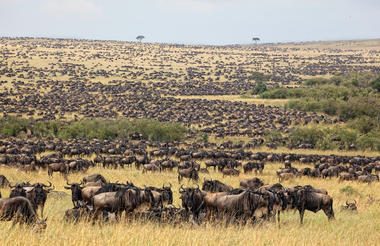
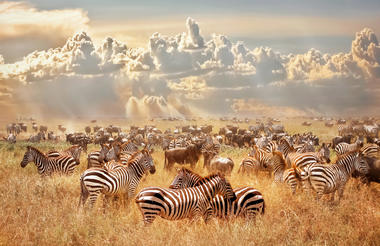
One of Kenya’s most iconic natural wonders, the Masai Mara National Reserve stretches across more than 1500 square kilometres in the country’s southwest. The park shelters a remarkable array of wildlife, including elephant, lion, leopard, and buffalo that roam its savannahs, while crocodile and hippopotamus inhabit the Mara River. Birdwatchers will delight in the presence of more than 450 resident species. Yet the true spectacle is the Great Migration, named one of the Seven New Wonders of the World. Each July to September, roughly 1.7 million wildebeest trek from the parched plains of Tanzania’s Serengeti to the greener grasslands of the Masai Mara, followed by zebra, antelope, and predators such as lion, hyena, and cheetah. The sight, sound, and raw energy of these vast herds are a once-in-a-lifetime experience for any traveller.
